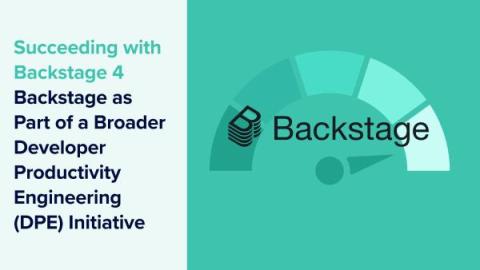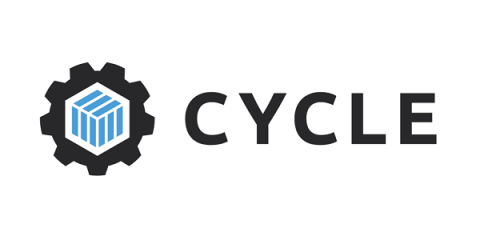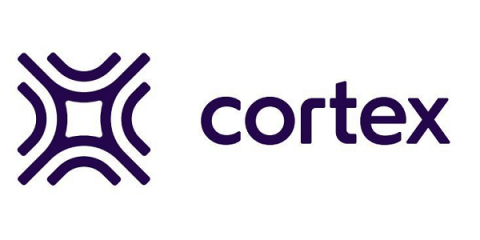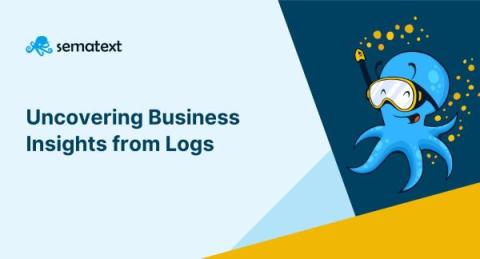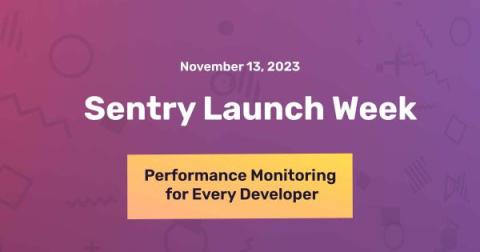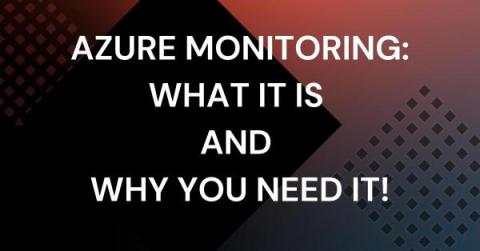Succeeding with Backstage 4: Backstage as Part of a Broader Developer Productivity Engineering (DPE) Initiative
This final article in the “Succeeding with Backstage” series focuses on how you can incorporate Backstage as part of a broader developer productivity engineering (DPE) initiative. The previous parts dealt with customizing the look and feel of Backstage, creating and maintaining custom plugins, and improving Backstage adoption.


